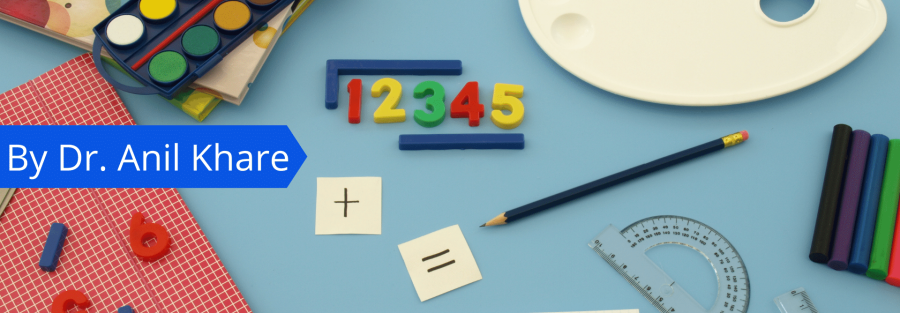Are they related? Math and art go hand in hand. The relationship is not that obvious, but the two subjects do have some things in common. They are both used to create meaning and create works of art. In fact, the two are often taught together in art classes throughout the United States.
Does art and math belong together? On a deep level, they do. Consider a mathematical problem that has no easy answer. Without an art history lesson to illustrate the equation or the creative solution, it will be nearly impossible to solve. As a student grows, the question becomes easier and the equation is solved more efficiently. Art can help a child develop analytical skills that are necessary for becoming a good math teacher.
One way to demonstrate the relationship is to integrate art into a student’s studies. For example, when students are completing their homework, a teacher may ask, “What do you think your math skills are?” Rather than listing the work required for each section, the teacher asks the student to draw a simple art representation of the math problem, complete with a definition and a graphical explanation.
The student then relates the art history lesson to math, drawing a parallel. This process is not limited to a single topic. After learning the definition, the next question can be, “How did you arrive at this answer?” The student can relate the creation of the painting to the solution to the teacher.
The beauty of this exercise is that the teacher can play on a variety of levels. She can start by using her computer to create a sketch of a simple equation, then bring the sketch into a math class to show how the equation is derived. If she has trouble drawing, she can show her art portfolio or website, or simply hand the child a pencil and paper. Drawing artwork provides art history students with multiple representations of the same topic. Asking the child to re-draw the same piece demonstrates the connection between the two subjects.
An even easier way to demonstrate the connection between art and math is to use the example of a puzzle. Create a puzzle from simple shapes, like circles, squares, and ovals, and connect the pieces with a connecting line. When each shape is added up, the total always adds up to the same number, as in [the sum of the first five numbers is fifteen].
When the math class is holding a cooking or baking lesson, the teacher can demonstrate that a baked item is a body part. In addition, she can demonstrate different types of baked items, and answer questions relating to each type. For example, the baked cake question might be, How many teaspoons of baking powder did you use?
It is easy for art and math to go hand in hand, but it will not happen automatically. The best solution is for the student and the teacher to establish an early connection. Teach the concept of addition, subtraction, and multiplication to children at an early age, so they can build on this knowledge through their school work. The more they practice math concepts, the more successful they will be when they enter high school. Art and math may not be directly associated, but if the lessons are taught in a way that includes both, then the students will find that they enjoy both art and math.
While it is impossible to create art and math that will be accepted by all students, teachers can incorporate both concepts into the lesson plan. They need not spend a great deal of time explaining all of the mathematical equations; simply include them in a captivating way so that the children can see how they relate to the world of art. For example, if one of the subjects in the classroom likes to draw, then drawing a simple picture with a few simple additions will be educational, and the teacher can show the child how to blend these basic addition techniques with color to create a beautiful image.
Art and math may seem to be completely unrelated, but once a student learns how they relate, they can incorporate these two subjects seamlessly into the curriculum. This does not mean that art and math have to be taught separately; the teacher can integrate these subjects throughout the school year. A good example is that after learning how to count, a child can translate this skill to reading the alphabet. This skill will become easier as they learn new colors and shapes. Combining art and math together can introduce a number of fun and engaging activities for students to enjoy.
The art and math teachers who make this connection are those who take an active interest in the learning that their students experience. It’s important for the teacher to understand how art and math relate, and use the resources that are available to them to present this information in a way that is cohesive and relevant to students. If teachers do not have a clear understanding of the subject matter, they should consider asking their teacher’s supervisor or someone else in the school to ask them about it. Once the teacher has a solid understanding about art and math, they can then include them seamlessly into the curriculum.
Head office address:
Suite 1803, Al Moosa Tower 2,
Sheikh Zayed Road, Dubai, UAE.
Call for help:
+971 4 355 4850
Mail for information:
anilkhare3@gmail.com







